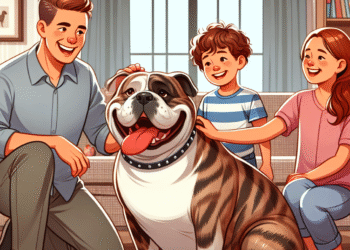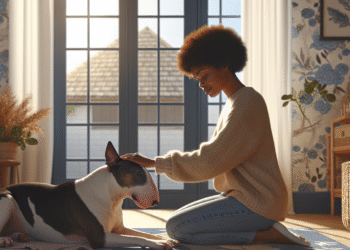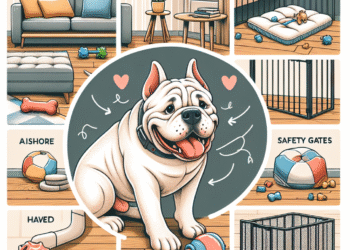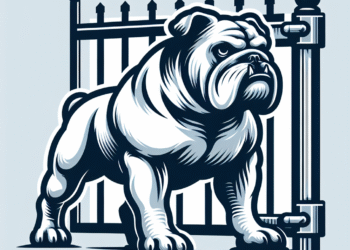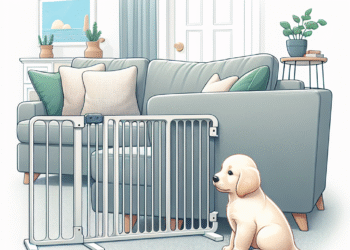Rescue bullies, often misunderstood and stigmatized, can display a range of behavioral issues that stem from their past experiences. These dogs, typically pit bull-type breeds, may exhibit aggression, anxiety, or fearfulness due to neglect, abuse, or abandonment. However, with patience, dedication, and effective training strategies, these lovable companions can thrive in a supportive environment. This article outlines comprehensive strategies for managing behavioral issues in rescue bullies.
Understanding the Bullies’ Background
Before diving into training and management techniques, it’s crucial to understand the possible origins of behavioral issues in rescue bullies. Many come from environments where they faced harsh treatment, leading to mistrust and fear. Recognizing that their behaviors are often a response to past trauma can foster empathy and inform training approaches.
1. Establish a Safe Environment
Creating a safe and stable home environment is the first step in managing behavioral issues. Consider the following:
- Safe Space: Designate a quiet, comfortable area where your dog can retreat when feeling overwhelmed. This space should be free from distractions and other pets.
- Consistent Routine: Establish a daily routine for feeding, walks, and playtime. Predictability helps reduce anxiety and enhances feelings of security.
2. Positive Reinforcement Training
Positive reinforcement is one of the most effective training methods for turning around behavioral issues. Here’s how to implement it:
- Reward Good Behavior: Use treats, praise, and affection to reward desired behaviors rather than punishing undesirable ones. This approach builds trust and encourages dogs to repeat positive actions.
- Clicker Training: Consider using a clicker to mark desirable behaviors followed by a reward. This teaches the dog to associate specific actions with positive outcomes.
3. Socialization
Socialization is vital for any dog, particularly rescue bullies who may be fearful or reactive towards other dogs or people.
- Controlled Exposure: Gradually introduce your dog to different environments, people, and dogs in a controlled manner. Start with low-stress situations and gradually increase complexity.
- Positive Interactions: Ensure that every new experience is positive. Use treats and praise to reward your dog for calm behavior in social situations.
4. Addressing Aggression
Aggression can stem from fear or territorial instincts. Here’s how to approach it:
- Consult a Professional: If your dog exhibits aggressive behavior, consider working with a certified dog trainer or behaviorist experienced with bully breeds.
- Desensitization Techniques: Use gradual desensitization to help your dog become more comfortable with triggers that cause aggression. This involves exposing them to the trigger at a distance where they remain calm and gradually decreasing the distance while rewarding calm behavior.
5. Providing Mental and Physical Stimulation
Bully breeds are often energetic and intelligent dogs. Boredom can lead to behavioral issues, so it’s essential to keep their minds and bodies engaged.
- Regular Exercise: Ensure regular exercise like walks, runs, or playtime. Physical activity helps release pent-up energy, reducing anxiety and restlessness.
- Puzzle Toys and Training Games: Use interactive toys and training sessions to stimulate your dog mentally. Teaching new tricks can also foster bonding and improve behavior.
6. Patience and Understanding
Behavioral issues in rescue bullies take time to address. It’s crucial to remain patient and consistent throughout the process.
- Set Realistic Goals: Understand that progress may be slow. Celebrate small victories and avoid disappointment if setbacks occur.
- Build Trust: Consistency and positive interactions will help build trust over time. Establishing a strong bond with your dog can significantly improve behavior.
Conclusion
Managing behavioral issues in rescue bullies requires a multifaceted approach rooted in understanding, patience, and love. By creating a safe environment, using positive reinforcement methods, and providing ample socialization and stimulation, you can help these dogs overcome their past traumas and live fulfilling, happy lives. Remember, every dog deserves a second chance, and with the right strategies, rescue bullies can become beloved family members.


